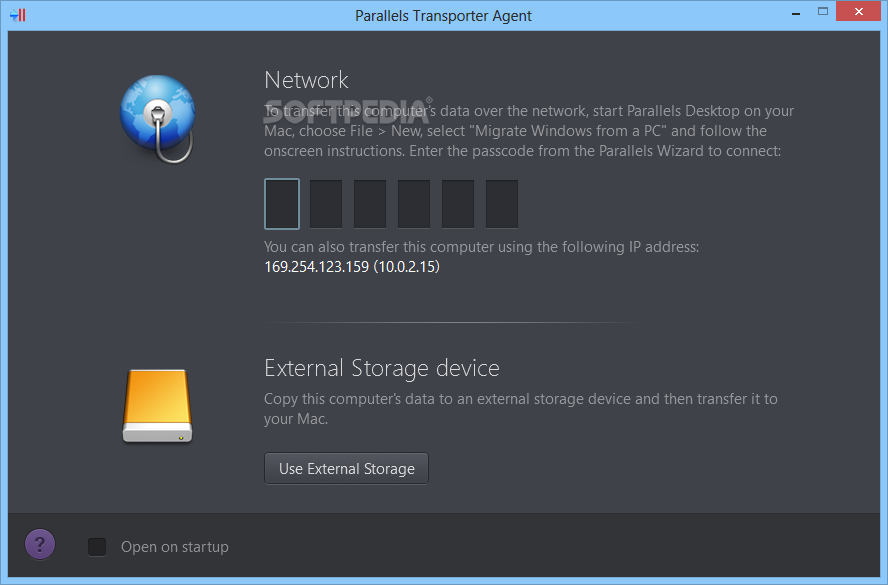
(B) Comparison with the known DA-binding pose. Interacting residues making atom-atom contacts closer than 4 Å with OCA are shown in panels (A–C). The binding energies to OF o hDAT are −6.1 kcal/mol (OCA(−)) and −9.9 kcal/mol (OCA(n)) and those to the IF o hDAT are −7.5 kcal/mol (OCA(−)) and −8.5 kcal/mol (OCA(n)). (A) Binding of negatively charged ( left) and neutral ( right) OCA (cyan) to hDAT in the OF o ( top two panels) and IF o ( middle and bottom panels) states. OCA binding to DAT depends on its protonation state and on DAT conformation. (F) I/V relationships of DA (30 µM) and OCA (10 µM)-induced currents. The current of each trace was normalized to the mean current of dopamine to reduce the variability between batches. (E) Representative traces of currents recorded by TEVC (Vh = −60 mV) from oocytes tested with DA (30 µM) and OCA at the indicated concentrations. (D) Mean of the maximal OCA-induced currents in oocytes expressing the proteins indicated one-way ANOVA F(2,74) = 36.13, p < 0.0001 followed by Tukey’s multiple comparison test (mDAT vs mDAT-hTGR5 p = 0.566, mDAT vs hTGR5 p < 0.0001).
#Parallels transporter plus#
(C) Mean of the maximal DA-associated and OCA-induced currents (I nA ± SE of 14–47 oocytes, 6–11 batches) in oocytes expressing mDAT (C, left) or mDAT plus TGR5 (C, right). The oocytes were perfused with 30 µM DA or 10 µM OCA. (B) Representative traces of currents recorded by TEVC (Vh = −60 mV) from oocytes expressing mDAT, without or with hTGR5, uninjected, or expressing hTGR5 alone. (A) Schematic representation of oocyte collection, cRNA synthesis and injection, and TEVC technique. OCA generates an electrical current through the DAT. SLC6 bile acid dopamine electrophysiology monoamines transporters.Ĭopyright © 2021 Romanazzi, Zanella, Cheng, Smith, Carter, Galli, Bahar and Bossi. This study suggests that BAs may represent novel pharmacological tools to regulate DAT function, and possibly, associated behaviors. Binding to that site may stabilize the inward-facing (IF) open state by preventing the re-formation of the IF-gating salt bridges, R60-D436 and R445-E428, that are required for DA transport. Furthermore, we uncover a separate binding site for OCA on DAT, of equal potential functional impact, that is coordinated by the DAT residues R445 and D436. First, in the absence of DA, OCA binds DAT through interactions with D421, a residue normally involved in coordinating the binding of the Na + ion to the Na2 binding site (Borre et al., J. Docking simulations performed for investigating the molecular mechanism of OCA action on DAT activity revealed two potential binding sites.

Interestingly, OCA did not alter DA affinity nor the ability of DA to promote a DAT-mediated inward current, suggesting that the interaction of OCA with the transporter is non-competitive, regarding DA.

OCA also transiently blocked the DAT-mediated Li +-leak current, a feature that parallels DA action and indicates direct binding to the transporter in the absence of Na +. The current induced by OCA was transient in nature, returning to baseline in the continued presence of the BA. Next, we showed that OCA promotes a DAT-mediated inward current that is Na +-dependent and not regulated by intracellular calcium. We expressed murine DAT (mDAT) in Xenopus laevis oocytes and confirmed its functionality. This study explores the interactions of the BA, obeticholic acid (OCA), with DAT and characterizes the regulation of DAT activity via both electrophysiology and molecular modeling. Sterols such as cholesterol interact with monoamine transporters, including the dopamine (DA) transporter (DAT) which plays a key role in DA neurotransmission and reward.

New evidence supports an additional role for BAs as regulators of brain function. Bile acids (BAs) are molecules derived from cholesterol that are involved in dietary fat absorption.


 0 kommentar(er)
0 kommentar(er)
